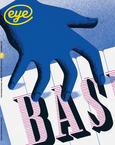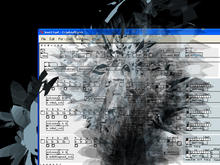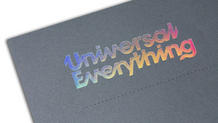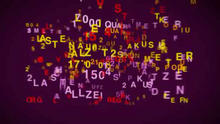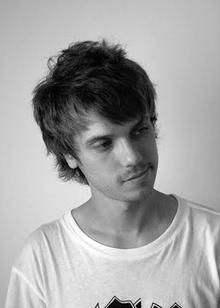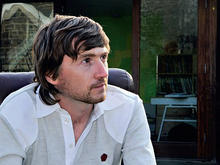Sonic Graphics/Seeing Sound
(2000)by Matt Woolman showcases a rich genre from jazz cover art to club flyers, from CD-packaging to fly posters and gets to the heart of the relationship between music and its graphic expression.
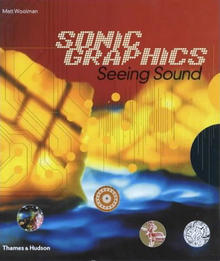
Today’s designer superstars have often forged their graphic design language in the world of music.
From jazz cover art to club flyers, from CD-packaging to fly posters, the culture of music offers unlimited possibilities for visual experimentation. Sonic Graphics/Seeing Sound not only showcases this rich genre, but is the first book to get to the heart of the relationship between music and its successful graphic expression.
Exemplary work from studios around the world is presented in three sections: Notation analyses the use of sign and symbol systems in creating identity and branding for music artists, recording projects and performances; Material considers how products can package the intrinsic nature of the music they contain; and Atmosphere looks at how space and multidimensional environmeaants can be used to visualize sound. A reference section includes studio websites and a glossary.
Matt Woolman is Assistant Professor of Communication Design at Virginia Commonwealth University, where he is also Design Director of the Center for Design Studies. He is co-author with Jeff Bellantoni of Type in Motion.
Source: Thames & Hudson
ISBN-10: 0500282609
ISBN-13: 978-0500282601
